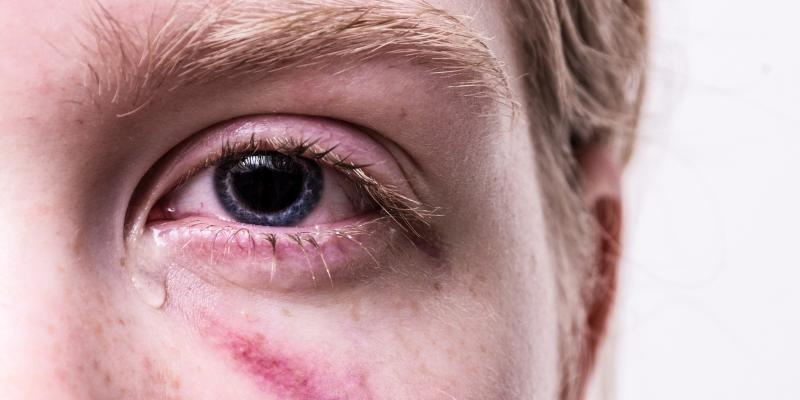Physicians are the first who might notice the signs of domestic violence. It is important to react when they suspect that this is happening. Unfortunately, experts say that healthcare officials are the weakest link in the system of preventing violence.
The Act on preventing domestic violence, amended in 2010, imposed on the healthcare sector specific tasks related to interventions in cases of suspected domestic violence and included physicians in the work of interdisciplinary teams working on violence prevention in each municipality.
How a physician should react
Patients report to physicians with various ailments which might suggest violence. To recognise violence, a physician must ask the right questions. This requires delicacy and empathy.
If domestic violence is suspected, a physician should initiate the "Blue Card" procedure and issue to the patient a free certificate describing the type of injuries, and inform the patient about the possibilities of getting help and support.
Therefore, a physician should have in his/her surgery leaflets encompassing information about places where psychological and legal support can be obtained.
“If a person initiating the procedure coincides suspicion of domestic violence with suspicion of crime, such a person is obliged to notify the police or the prosecutor's office" says Grzegorz Wrona, a lawyer, and a consultant to the Specialist Clinic for the Prevention of Family Violence and the "Blue Line" Association for the Prevention of Domestic Violence.
Signs of violence
Some signs should prompt a physician to examine the situation in terms of violence - e.g. when the description of the event reported by the patient is not commensurate with the types of injury. Victims of violence often try to hide the real cause of injuries out of fear of the perpetrator, claiming for example, that they fell over.
The most common injuries caused by violence are injuries to the face, neck, throat, chest, abdomen and genitals, as well as bruising on the inner parts of the arms or thighs.
The experts also advise vigilance when a patient often appears with minor injuries, and explains them with careless behaviour, or suffers from various types of pain, but the studies do not show any abnormalities, or suffers from depression, and has typical symptoms of post-traumatic stress disorder.
How to set-up a “Blue Card"
The initiation of the "Blue Card" procedure does not require the consent of the violence victim.
According to information provided by Grzegorz Wrona, the procedure is started by filling-in the “Blue Card - A" form in the presence of a person who might be a violence victim. At the same time, The “Blue Card - B" form is handed over to a person, about whom information on violence in the family should be reported.
The form includes a part making up item XVIII prepared especially for physicians. Any additional information should be reported in item XXI. In the lawyer’s opinion, the more information is reported, the easier are further actions.
The “Blue Card - A" form should be copied - a copy should be kept in the place where it was completed, and the original document should be submitted to the chair of the municipal interdisciplinary team within 7 days. His/her contact details can be obtained from the social-support centre or municipal office.
More information is available on the webpage of the campaign called “Physician - please, react to violence" initiated by the State Agency for the Prevention of Alcohol-Related Problems www.lekarzureagujnaprzemoc.pl.









Comments (0)